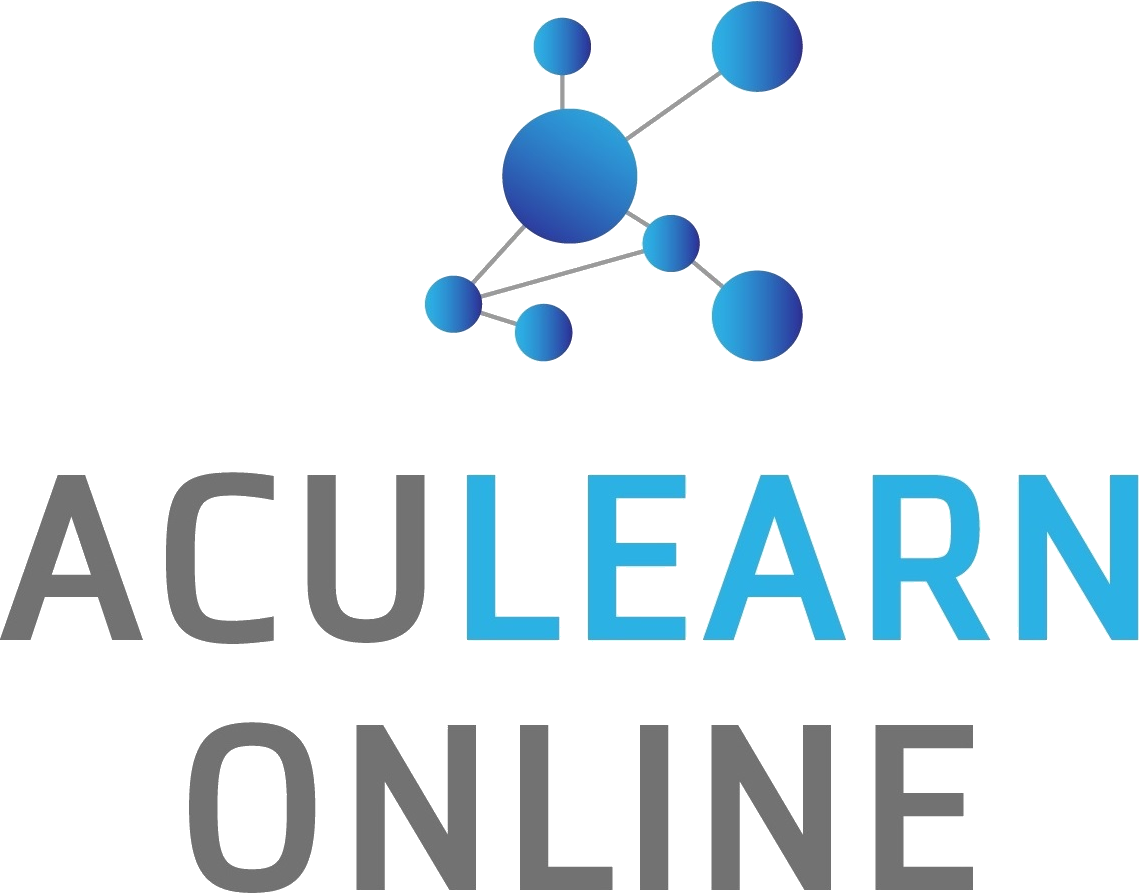Having a colourful vocabulary does not only impress one’s teachers but also gives a student more ways to express themselves. Instead of being limited to a few common phrases and expressions, students who use more complex words and idioms are able to craft their essays and long answers in a succinct, flavourful manner that is pleasurable to read.
Why Learn Vocabulary?
English is full of synonyms, but each one has its own nuances and uses. For example, “nice” is often referred to as a meaningless adjective. It can be used in place of other adjectives such as “delicious” and “beautiful”, but the difference is that the latter two adjectives give more information about the subject or object they are applied to. One can say that they had a “nice dinner” or a “delicious dinner”, but not a “beautiful dinner”. Likewise, a dress can be called beautiful, but not a steak. As such, by saying that something is delicious, another party can infer that the speaker is referring to an edible thing. This makes a sentence more descriptive and informative than simply describing the object as “nice”.
Building up one’s vocabulary is paramount to attaining a high score in the Primary and Secondary English examinations. Regardless of whether a student is taking Primary English or Secondary English, they will definitely be expected to write essays as part of their assessment. In addition, their personal dictionary will be assessed in various other components such as cloze passage, reading comprehension, and multiple choice.
Vocabulary is also especially useful in other language arts subjects, such as literature. Students may be exposed to literature as early as at secondary school level and up till their higher education. Unless one is pursuing a completely technical education route, it is almost impossible to avoid encountering vocabulary in humanities subjects.
Learning vocabulary has clear benefits, but it can be challenging for those who are less linguistically inclined. For some, perusing a dictionary and penning down words is simply too boring and ineffective. They may find it difficult to remember the meanings of so many words or how to spell them. If your child is struggling with keeping their vocabulary fresh, here are some tips for sharpening their language skills and boosting their vocabulary repertoire.
Communicate with English Speakers
The advantage of learning vocabulary by talking to English speakers is that one can always ask them to clarify an unfamiliar word. For best results, students should try their hand at writing as well, instead of simply engaging them in verbal communication. People tend to speak in simpler terms in colloquial speech, but in writing, one has more time to carefully pen down their thoughts and reflect on the vocabulary used before the other party gets to see their message.
Finding native English speakers to write to should not be a problem. Students can always approach their language arts teachers for some practice in sharpening their vocabulary. Alternatively, they can also make use of online forums and message boards to exchange messages with other English speakers from around the world. Some platforms are even created especially for such a purpose.
Through communicating with English speakers who use unfamiliar vocabulary, students can infer the meaning of words they do not recognise even without looking them up in a dictionary. This is an especially effective way of picking up new words and keeping them in one’s memory, instead of just reading them off a list and later forgetting their meanings.
Read Advanced Books and Articles
It may sound cliché, but advanced reading materials such as novels, journal articles, and even Shakespearean plays are gold mines for rich vocabulary. If your child enjoys reading stories, try to introduce them to young adult fiction. This genre is not only relatable and relevant to students, it typically also contains plenty of flavourful vocabulary that your child can learn to use in their own writing. Non-fiction articles also make for great learning material, especially those that focus on describing things, such as a travel blog or a gourmet review. Have your child keep a dictionary close by so that they can look up any words if necessary. By reading in context, they should be able to make an educated guess of the meaning of unfamiliar words and remember how such vocabulary there are used in a sentence.
Practice Writing
Lastly, the best way for a student to incorporate new vocabulary into their daily usage is to practice writing with those words! Perhaps even get their English teacher to review the writing and give feedback on their vocabulary usage. As the saying goes, practice makes perfect. By keeping their personal vocabulary notes close by and looking for opportunities to show off their newly acquired words and expressions, students will be able to incorporate advanced vocabulary into their writing in no time!




